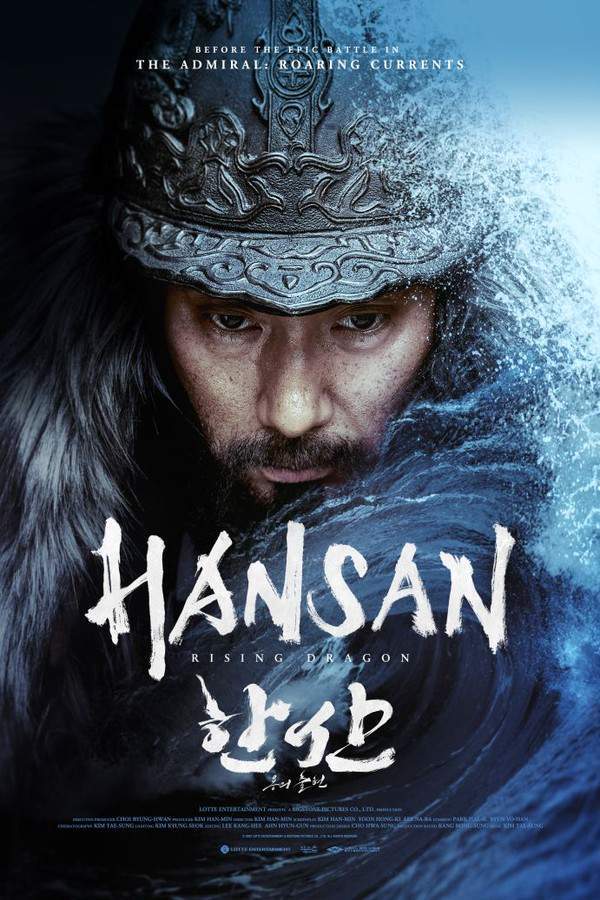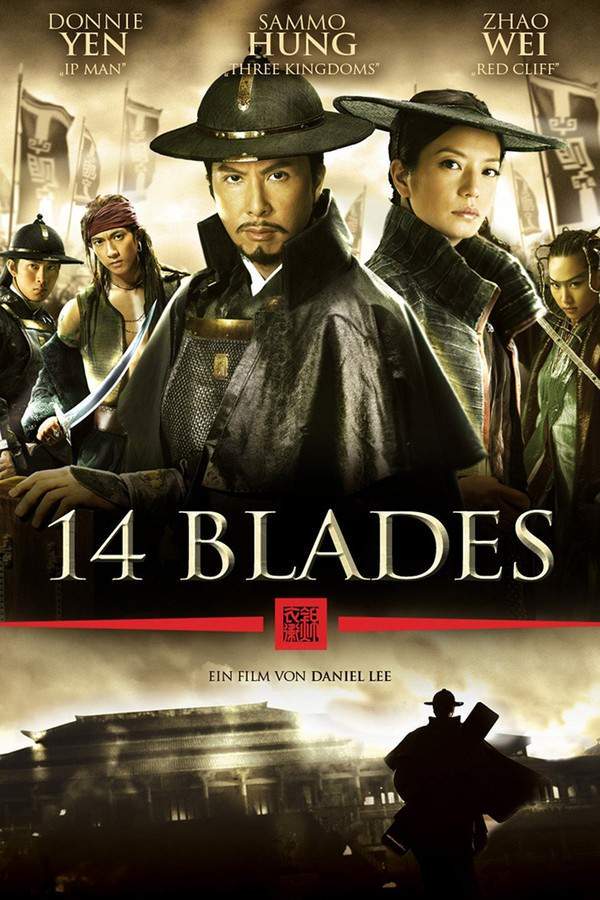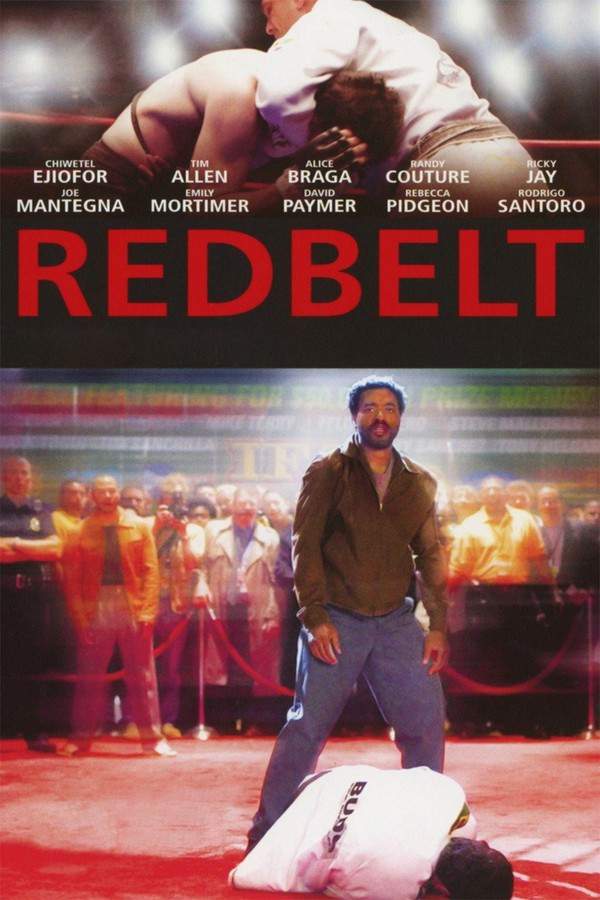
Rurouni Kenshin: New Kyoto Arc: Cage of Flames
Year: 2011
Runtime: 46 mins
Language: Japanese
Director: Kazuhiro Furuhashi
Misao Makimachi, only sixteen, is a skilled Oniwabanshu ninja. Sent to find clan leader Aoshi Shinomori, she instead meets a deadlier foe and uncovers a plot to overthrow the Meiji government. Drawn into the conflict with assassin Hitokiri Battosai—now Kenshin Himura—and Makoto Shishio, Misao is caught in a scheme to seize Kyoto and control Japan.
Warning: spoilers below!
Haven’t seen Rurouni Kenshin: New Kyoto Arc: Cage of Flames yet? This summary contains major spoilers. Bookmark the page, watch the movie, and come back for the full breakdown. If you're ready, scroll on and relive the story!
Rurouni Kenshin: New Kyoto Arc: Cage of Flames (2011) – Full Plot Summary & Ending Explained
Read the complete plot breakdown of Rurouni Kenshin: New Kyoto Arc: Cage of Flames (2011), including all key story events, major twists, and the ending explained in detail. Discover what really happened—and what it all means.
In the early summer of 1878, the assassination of Ōkubo Toshimichi triggers a dangerous plot, as the mastermind behind the scheme—Shishio Makoto Masanori Ikeda—plans to tear Kyoto apart. To counter this threat, Okina, the leader of the Kyoto Oniwabanshū, entrusts Makimachi Misao Tomo Sakurai, the orphaned daughter of his predecessor, with a critical mission: to locate Himura Kenshin, the former assassin once known as Hitokiri Battōsai, who played a shadowy role in the Meiji Restoration. The path ahead is perilous, and Misao’s resolve is tested as she threads along the Tōkaidō road, chasing a chance to avert catastrophe.
Misao travels with a quiet determination, hoping to find Kenshin—Mayo Suzukaze—a man whose gentle demeanor belies a fearsome past. Along the way, she carries troubling questions about Shinomori Aoshi, the steadfast leader she cares for, whose loyalties and future hang in the balance. Kenshin, meanwhile, is already on a separate course toward Kyoto, drawn by his own sense of duty and a vow that binds him to a gentler path. When Misao and Kenshin finally converge, the pair discover that their destinies have become deeply intertwined, and their joint journey leads them toward the village of Shingetsu, where the clash with Shishio intensifies.
Shishio Makoto, champion of a brutal new order, proclaims that the corrupt Meiji government must fall and be replaced by a world modeled on force and resolve. Kenshin remains steadfast in his belief that violence cannot be the answer, a stance that draws a hostile response from Shishio and his followers. In a cruel turn, Shishio commands Seta Sōjirō [Noriko Hidaka] to strike, testing Kenshin’s resolve and the limits of his sakabatō, the reverse-blade sword that stands for his vow never to kill again. The blade’s failure becomes a turning point, signaling that the battle will demand more than skill—it will require new courage and a willingness to adapt.
With his resolve renewed, Kenshin acquires a new weapon and presses forward, aided by Saitō Hajime [Ken Narita] and a loyal cadre of allies. The mission to thwart Shishio’s grand design takes them from Kyoto to Osaka Port, where a pivotal confrontation unfolds aboard a towering ironclad warship, the Rengoku. The duel aboard the vessel transcends mere physical combat, embodying a broader ideological struggle born from the chaos of the Bakumatsu era. Kenshin and Shishio trade blows that push both to the brink, and the moment of crisis comes when Shishio drives a deadly spear into Kenshin—yet Kenshin’s clever counter, striking the hilt of his own sword into Shishio’s forehead, shatters the would-be tyrant’s skull and seals his fate as the ship erupts in flames.
In the aftermath, Kenshin encounters Aoshi Shinomori [Yoshito Yasuhara] and defeats him in combat before calling on him to reunite with Makimachi Misao and the rest of their circle of friends. With Shishio’s threat finally ended, Kenshin chooses to walk away from vengeance, accompanying Aoshi to rejoin Misao and the people who have stood by him. The story closes on a note of reconciliation and renewed purpose, as old loyalties are tested, new ones form, and the fragile peace of Japan’s post-Bakumatsu era finds its footing once more.
Last Updated: October 03, 2025 at 06:48
Explore Movie Threads
Discover curated groups of movies connected by mood, themes, and story style. Browse collections built around emotion, atmosphere, and narrative focus to easily find films that match what you feel like watching right now.
Movies about historical ideological conflict like Rurouni Kenshin: New Kyoto Arc: Cage of Flames
Grand-scale dramas where personal loyalties collide with nation-shifting ideologies.If you enjoyed the high-stakes battle of ideologies in Rurouni Kenshin, you'll find similar stories here. This section features movies like Rurouni Kenshin: New Kyoto Arc: Cage of Flames, where personal duty clashes with political revolution in a historical setting, filled with intense action and dramatic weight.
Narrative Summary
Stories in this thread typically revolve around a central conflict that threatens the social or political order of a well-realized historical period. Characters, often warriors or revolutionaries, are forced to choose between personal allegiances and a larger ideological cause, leading to epic confrontations and profound personal sacrifices.
Why These Movies?
These movies are grouped by their shared focus on a nation-defining ideological struggle, a fast-paced and tense narrative drive, and a heavy emotional weight stemming from the cost of change. They create a cohesive experience of high-stakes historical drama.
Movies about bittersweet redemption like Rurouni Kenshin: New Kyoto Arc: Cage of Flames
Characters haunted by a violent past seek peace in a world still at war.Fans of Kenshin's poignant quest for peace will appreciate these similar narratives. Discover movies like Rurouni Kenshin: New Kyoto Arc: Cage of Flames that explore the difficult path of redemption for former warriors and assassins, featuring intense action and a ultimately bittersweet resolution.
Narrative Summary
The narrative pattern follows a protagonist, typically a former weapon of war (assassin, soldier, etc.), who is trying to renounce their violent ways. They are inevitably drawn back into conflict, forcing them to use their skills for a just cause, ultimately achieving a fragile peace that acknowledges the pain they've caused and endured.
Why These Movies?
Movies are grouped here for their shared focus on a redemption arc born from trauma, a tense and fast-paced structure driven by inescapable violence, and a consistently melancholic tone that results in a emotionally heavy, bittersweet conclusion.
Unlock the Full Story of Rurouni Kenshin: New Kyoto Arc: Cage of Flames
Don't stop at just watching — explore Rurouni Kenshin: New Kyoto Arc: Cage of Flames in full detail. From the complete plot summary and scene-by-scene timeline to character breakdowns, thematic analysis, and a deep dive into the ending — every page helps you truly understand what Rurouni Kenshin: New Kyoto Arc: Cage of Flames is all about. Plus, discover what's next after the movie.
Rurouni Kenshin: New Kyoto Arc: Cage of Flames Timeline
Track the full timeline of Rurouni Kenshin: New Kyoto Arc: Cage of Flames with every major event arranged chronologically. Perfect for decoding non-linear storytelling, flashbacks, or parallel narratives with a clear scene-by-scene breakdown.

Characters, Settings & Themes in Rurouni Kenshin: New Kyoto Arc: Cage of Flames
Discover the characters, locations, and core themes that shape Rurouni Kenshin: New Kyoto Arc: Cage of Flames. Get insights into symbolic elements, setting significance, and deeper narrative meaning — ideal for thematic analysis and movie breakdowns.

Rurouni Kenshin: New Kyoto Arc: Cage of Flames Spoiler-Free Summary
Get a quick, spoiler-free overview of Rurouni Kenshin: New Kyoto Arc: Cage of Flames that covers the main plot points and key details without revealing any major twists or spoilers. Perfect for those who want to know what to expect before diving in.

More About Rurouni Kenshin: New Kyoto Arc: Cage of Flames
Visit What's After the Movie to explore more about Rurouni Kenshin: New Kyoto Arc: Cage of Flames: box office results, cast and crew info, production details, post-credit scenes, and external links — all in one place for movie fans and researchers.






























